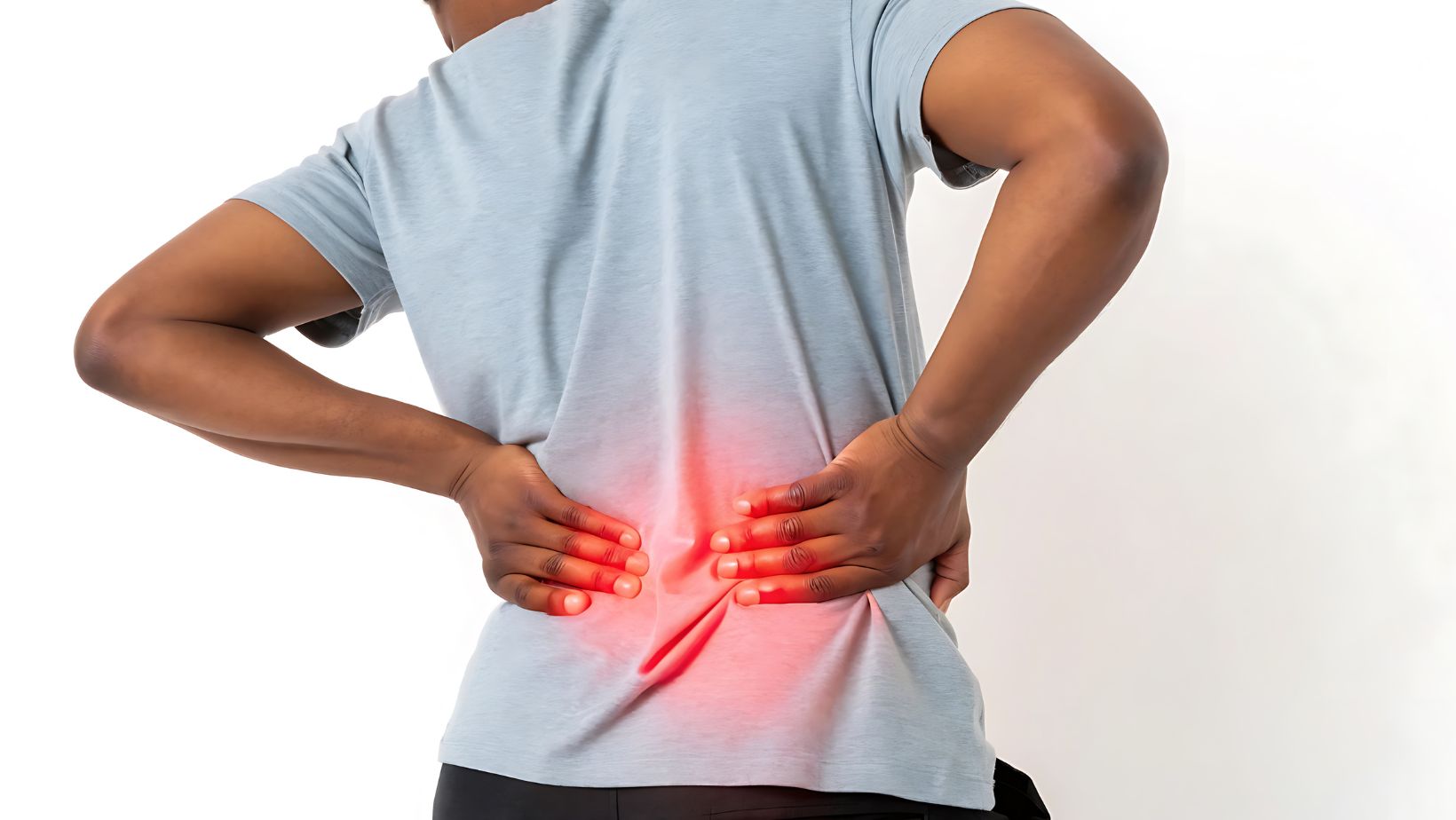Key Takeaways:
- Back and pelvic pain often stems from posture, lifestyle, or strain and needs more than quick fixes
- Skilled hands-on treatment can relieve tension and restore mobility
- Local support encourages consistency and better long-term outcomes
- Combining professional care with at-home strategies builds resilience and confidence
If you’ve been dealing with persistent aches in your back or pelvis, you already know how much it can affect daily life. Sitting at a desk becomes uncomfortable, lifting the kids feels risky, and even sleeping can be disrupted. Pain in these areas is rarely just about discomfort. It often brings along frustration, fatigue, and the sense that you can’t do the things you want to without paying for it later.
Trying to ignore the pain or pushing through it might work for a while, but sooner or later it catches up. The good news is that there are safe and effective ways to ease the pressure on your body and get you moving with more confidence. With the right professional support, you can work towards reducing pain, improving mobility, and preventing flare-ups from becoming a regular part of life.
Understanding the Sources of Pain
Back and pelvic pain can develop for many reasons, and often it’s not caused by a single issue. Posture at work is one of the biggest culprits, especially if long hours are spent sitting without enough breaks. Over time, muscles tighten and joints lose flexibility, creating strain that shows up as ongoing soreness.
Pregnancy and childbirth are also common triggers, as the pelvis and spine are placed under extra pressure. Even after recovery, some women find the discomfort lingers unless it’s properly addressed. Repetitive strain from activities like heavy lifting or high-impact sports can add another layer of stress.

It’s essential to distinguish between pain that comes and goes, such as a one-time strain, and pain that persists. When stiffness or discomfort becomes a routine occurrence, that’s a signal that deeper attention is needed. Lifestyle choices also play a significant role here. Lack of movement, high stress, and poor sleep can all exacerbate an existing condition. Understanding what’s behind the pain is the first step toward finding lasting relief.
The Role of Skilled Treatment in Pain Relief
When pain doesn’t settle on its own, hands-on treatment can help restore balance in the body. Skilled practitioners employ gentle techniques to ease tension, promote mobility, and enable tight areas to relax. This kind of care doesn’t just focus on the sore spot but looks at how the whole body is working together.
Unlike relying only on painkillers, which mask discomfort for a few hours, manual therapy is designed to address the underlying causes. Stiff joints can be mobilised, overworked muscles can be relaxed, and circulation can improve. The result is often less pain and a body that feels freer in its movement.
Equally important is the education that comes with treatment. Understanding how posture, exercise, and small daily habits affect your back and pelvis gives you more control. Skilled support combines relief in the short term with strategies that keep problems from returning, making it easier to get on with life without constant interruptions from pain.
When Local Support Makes a Difference
Living with back or pelvic discomfort often means you’ll need more than one session to notice lasting change. That’s why having care close to home makes such a difference. Regular appointments are easier to keep when you don’t have to travel far, and consistency is one of the strongest factors in recovery.
Many people in the southeast look for Berwick osteopathy services because being nearby helps them stay on track. When sessions are accessible, it’s less tempting to put them off, and progress tends to be smoother. Ongoing care is rarely about one quick fix. Instead, it’s a steady process of improvement where each appointment builds on the last.
Local support also makes follow-up more practical. If pain flares or you have questions between visits, having someone within reach means you can get advice quickly. That combination of convenience and consistency often leads to better results, particularly for chronic issues that require proper management over time.
Approaches That Go Beyond the Session
Relief doesn’t stop once you walk out of the clinic. The most effective treatment plans blend what happens during appointments with simple actions you can take on your own. Gentle exercises tailored to your condition, such as strengthening the muscles that support your back and pelvis. Over time, these routines build resilience and reduce the likelihood of flare-ups.
Lifestyle adjustments are just as necessary. Something as small as adjusting how you sit at your desk or how you carry weight can prevent strain from returning. Many practitioners also place strong emphasis on posture education, helping you understand how daily habits contribute to either relief or discomfort.
By combining professional care with self-management strategies, you gain more control over your recovery. This partnership means you’re not only receiving treatment but also learning how to protect your body in everyday situations. It’s this blend of clinical expertise and personal effort that creates lasting results.
Building Long-Term Resilience
Short-term relief feels good, but the real goal is to prevent pain from recurring. Long-term strategies focus on building strength and stability around the spine and pelvis, making everyday activities feel easier and safer. Regular movement, guided exercises, and consistency with professional care all play a part in this process.
One of the key shifts involves moving away from a reactive approach, where pain is only treated when it flares up, to a proactive one that prevents problems from arising in the first place. Strengthening routines, improved posture, and better body awareness combine to create resilience. With time, this can reduce reliance on painkillers and limit the need for frequent urgent appointments.
Resilience isn’t about eliminating every trace of discomfort. It’s about giving your body the tools it needs to recover quickly, stay mobile, and handle life’s physical demands. By sticking with a plan that balances treatment and self-care, many people find they regain confidence in their movement and enjoy a far more active and comfortable lifestyle.
Conclusion
Managing back and pelvic pain takes more than hoping it will go away on its own. With consistent support, guided movement, and practical changes to daily routines, you can take control of your recovery and set yourself up for lasting comfort. The combination of professional guidance and your own effort helps create not just relief, but the freedom to live with less interruption from pain.
